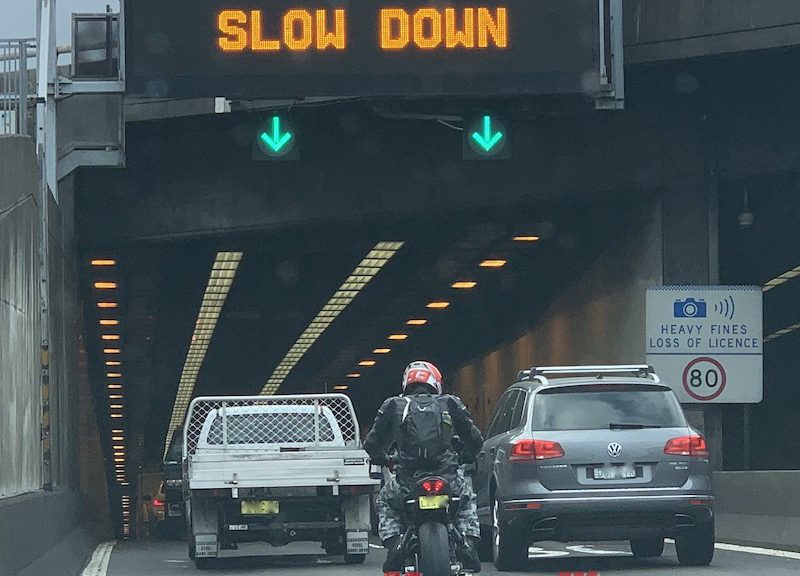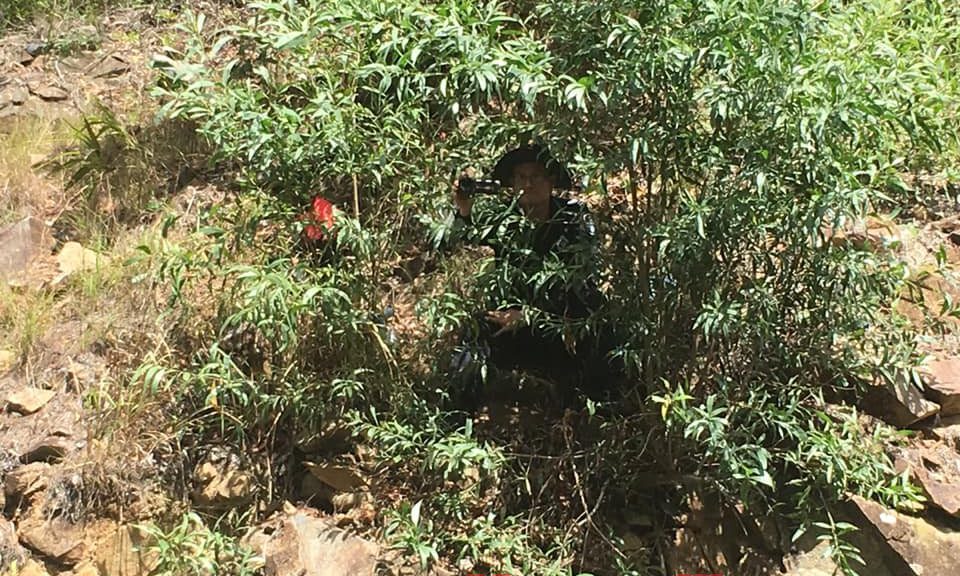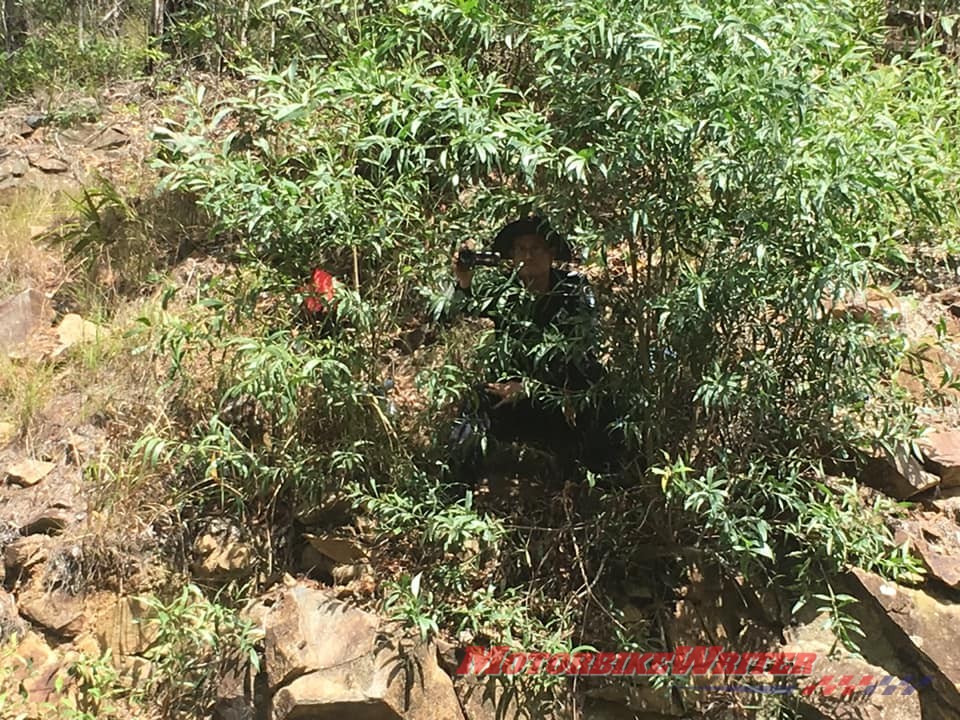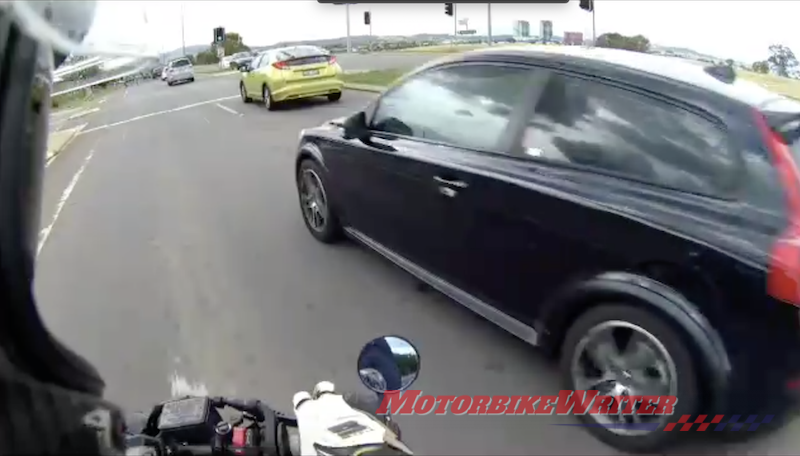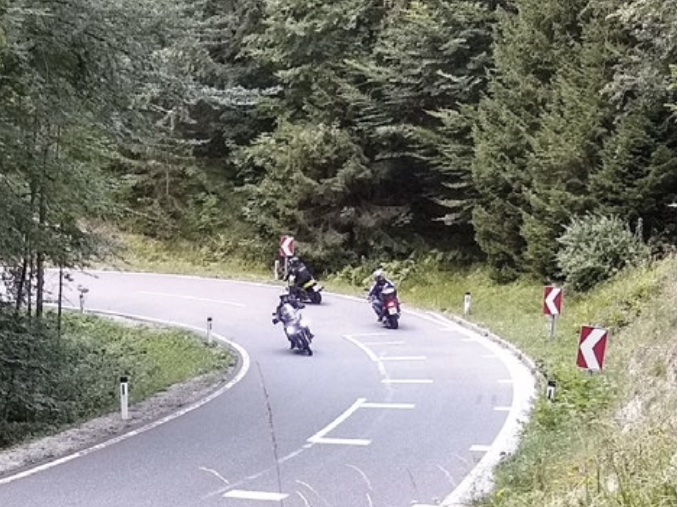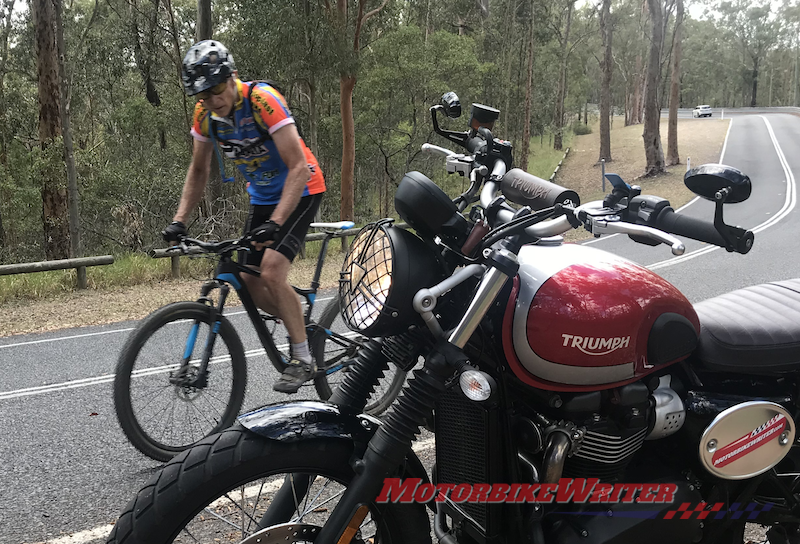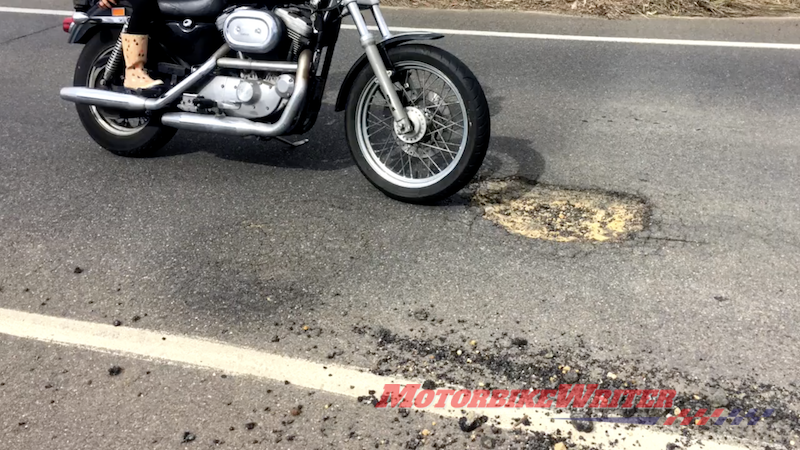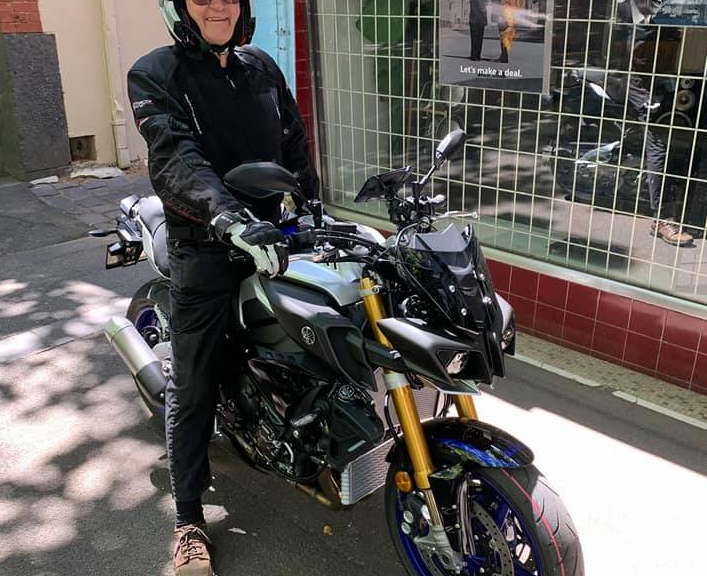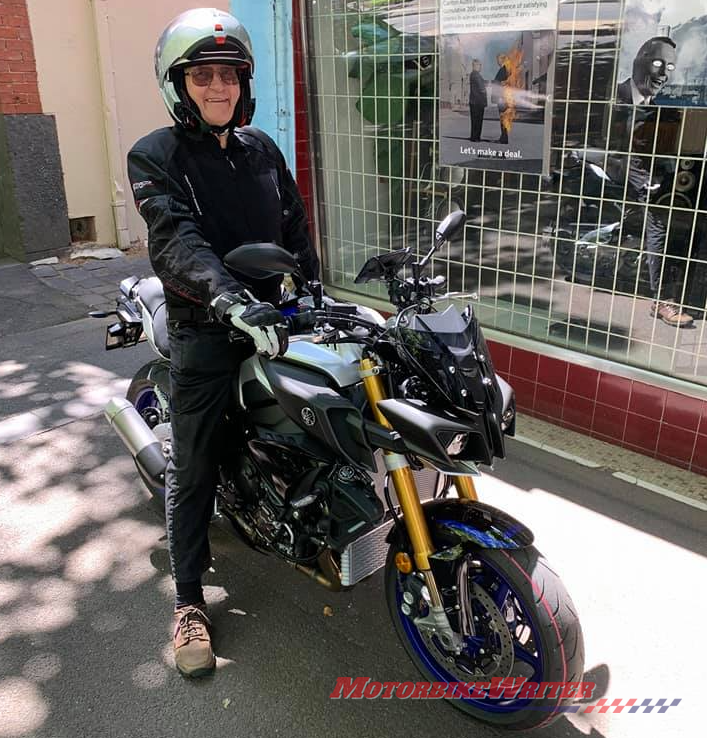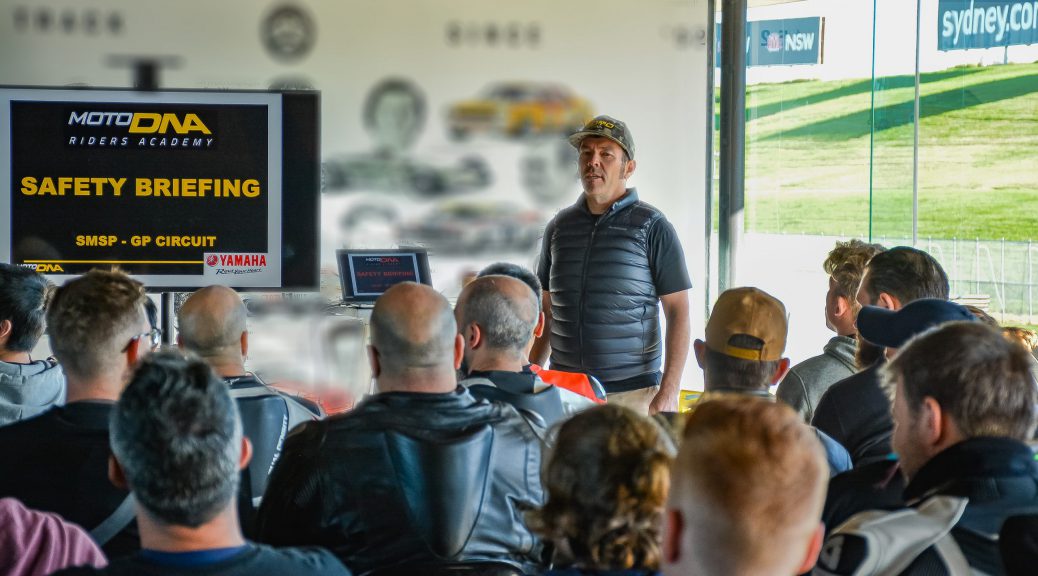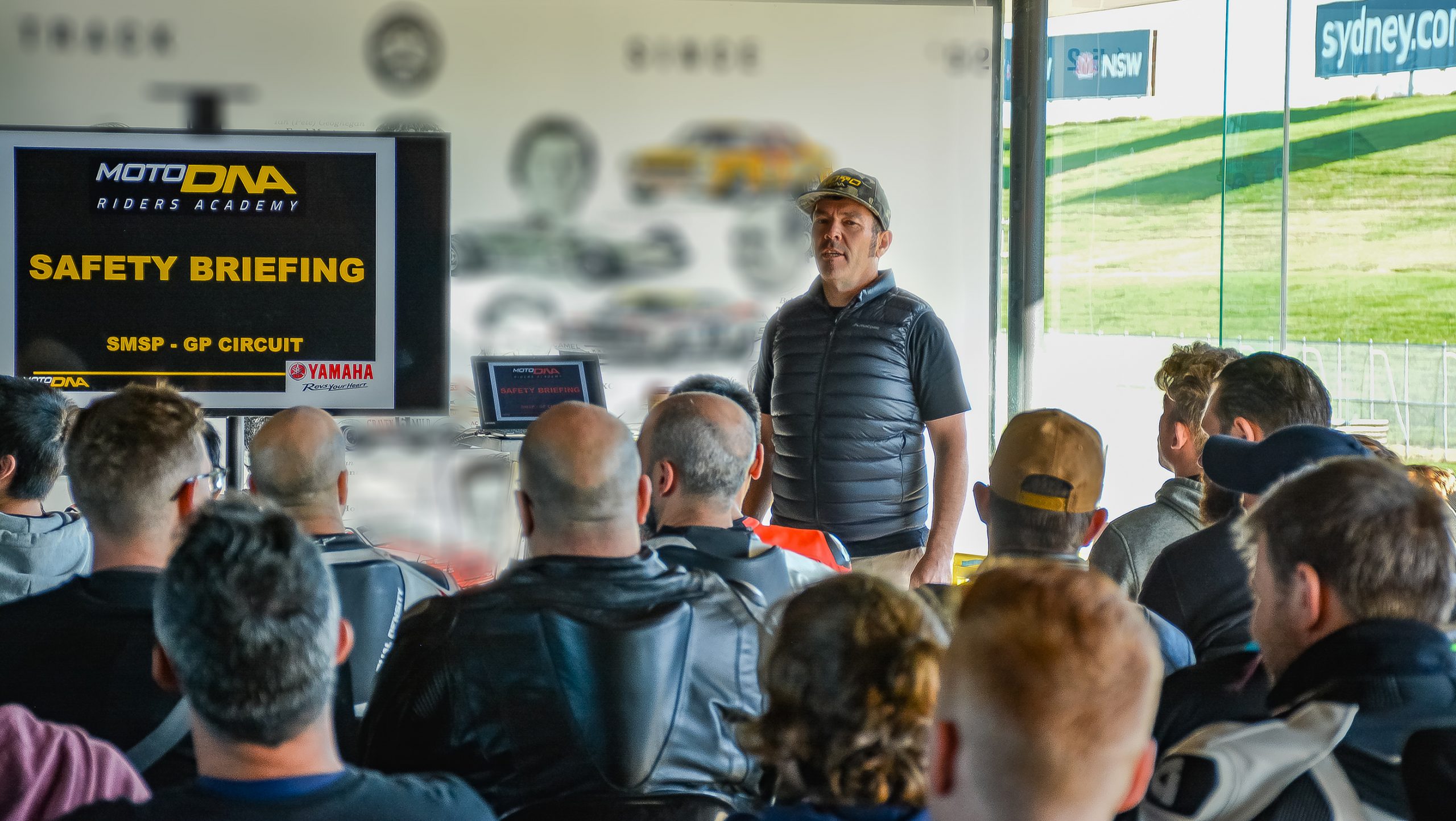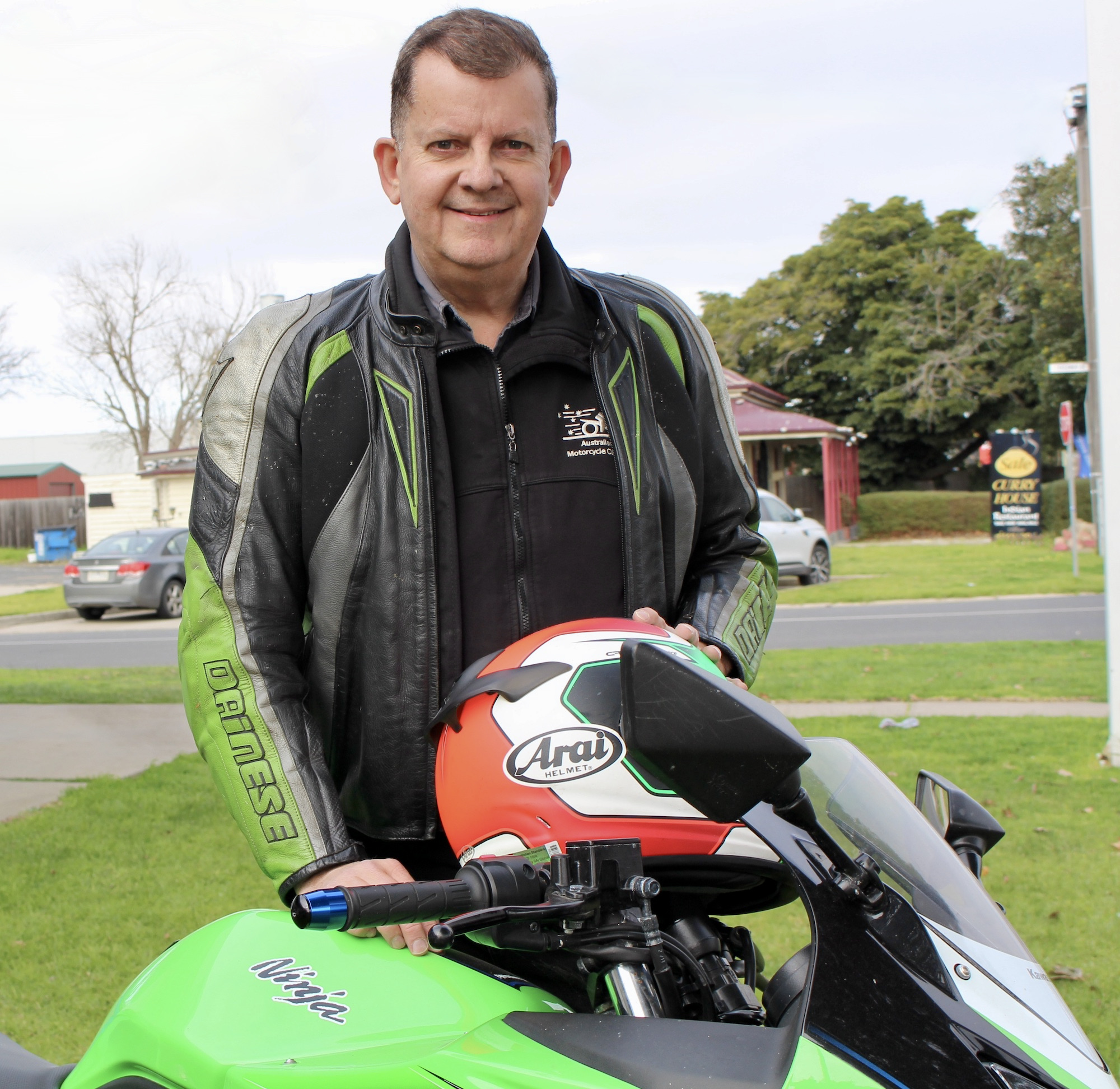Half of NSW motorcyclists have experienced a near-miss in the past three months, according to a survey conducted as part of October’s annual Motorcycle Awareness Month 2021.
The Motorcycle Council of NSW (MCC of NSW) surveyed more than 500 motorcyclists to find out what it is like to ride on the roads in NSW.
More than a third (35%) said they had a near miss every five rides and 23% said it was one in 10 rides.
37% of motorcyclists had to correct their riding to avoid an accident, the survey found.
Most of these riders had the near miss on metro roads during the weekday, between the hours of 10am to 3pm.
MCCNSW chair Kevin ‘Trip’ Henry says it is interesting to note that “experience in motorcycle riding did not affect their occurrence of near misses”.
“Most of the riders surveyed (79%) had over 10 years riding,” he says.
The survey uncovered that in 43.9% of near misses, the driver was driving under 50km along a suburban road. These near misses and crashes could have been avoided had the driver followed the road rules and spent more time looking.
“Near misses occur 13 times more often than crashes. We know near misses can easily turn into a crash. Every driver we get the message to look out for motorcyclists will help save lives.” said Mr. Henry.
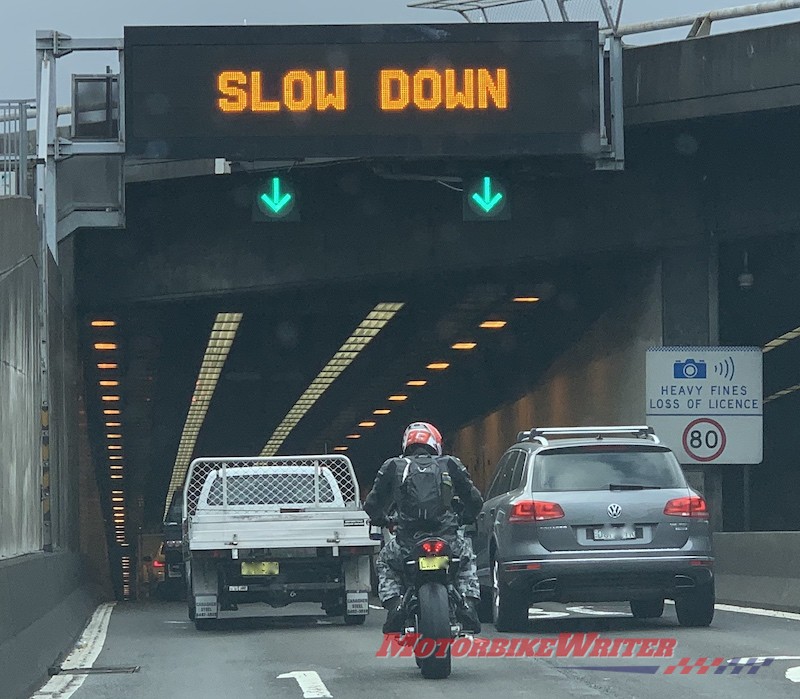
What’s it like to ride a motorcycle in Sydney?
MCCNSW is also conducting its annual Joe Rider awareness campaign aimed at educating drivers to watch out for motorcycles.
This year they have a virtual ride on Facebook that gives drivers an experience of riding a motorcycle on busy Sydney roads. Joe Rider will narrate during his rides, sharing the typical mindset of riders negotiating urban roads.
This ‘on bike’ livestream will take place twice a week during October’s MAM on the MCC of NSW Facebook page. It will also be saved for non-live viewing.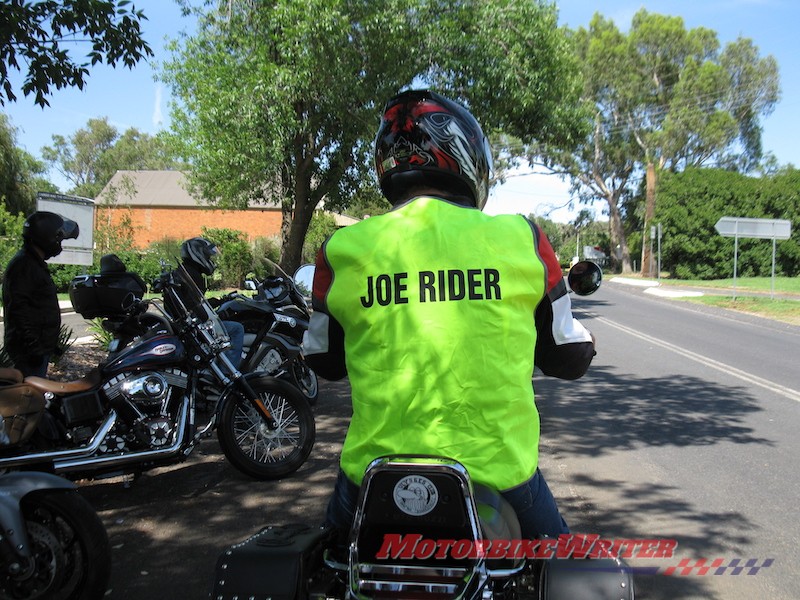
Ask a motorcyclist
MCCNSW will also conduct twice-a-week Zoom events in October to discuss common driver complaints and misunderstandings of motorcycling.
These informative events will be conducted by a driving and a motorcycle representative.
All drivers are welcome to join the Q&A session with a motorcyclist. This is an open discussion to enhance the message to look out for motorcyclists.
‘Ask a motorcyclist’ Zoom event links will be advertised on their Facebook page.
Radio ads
MCC of NSW will run radio ads in Sydney and regional throughout the month of October.
“To get our message across to younger drivers across NSW, we will also be running our Spotify advertising campaign through their music and podcasts,” Trip says.
“It continues the theme to look out for motorcyclists and gives great tips to help drivers be more aware and look twice for motorcycles throughout October.”
Source: MotorbikeWriter.com

